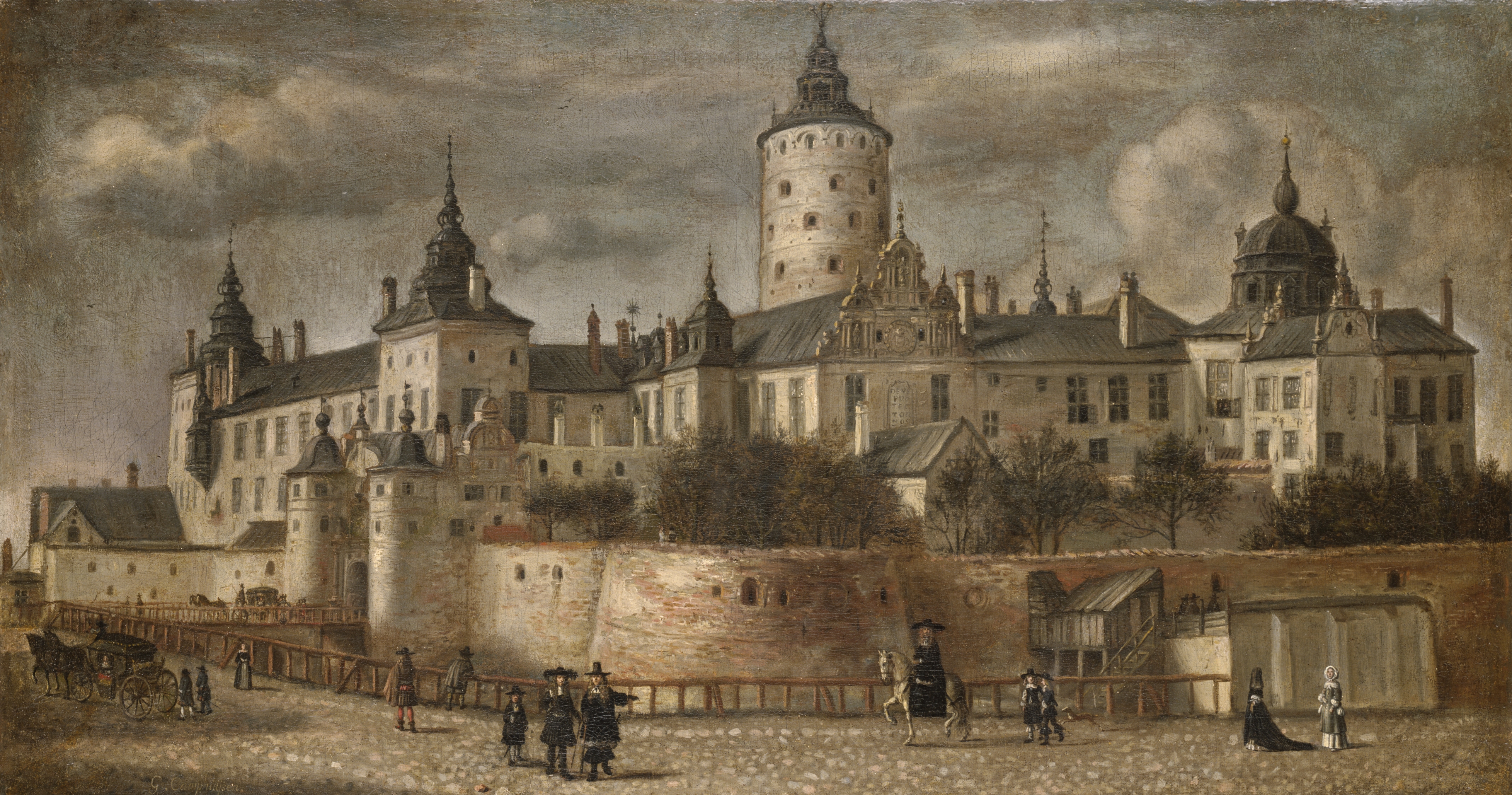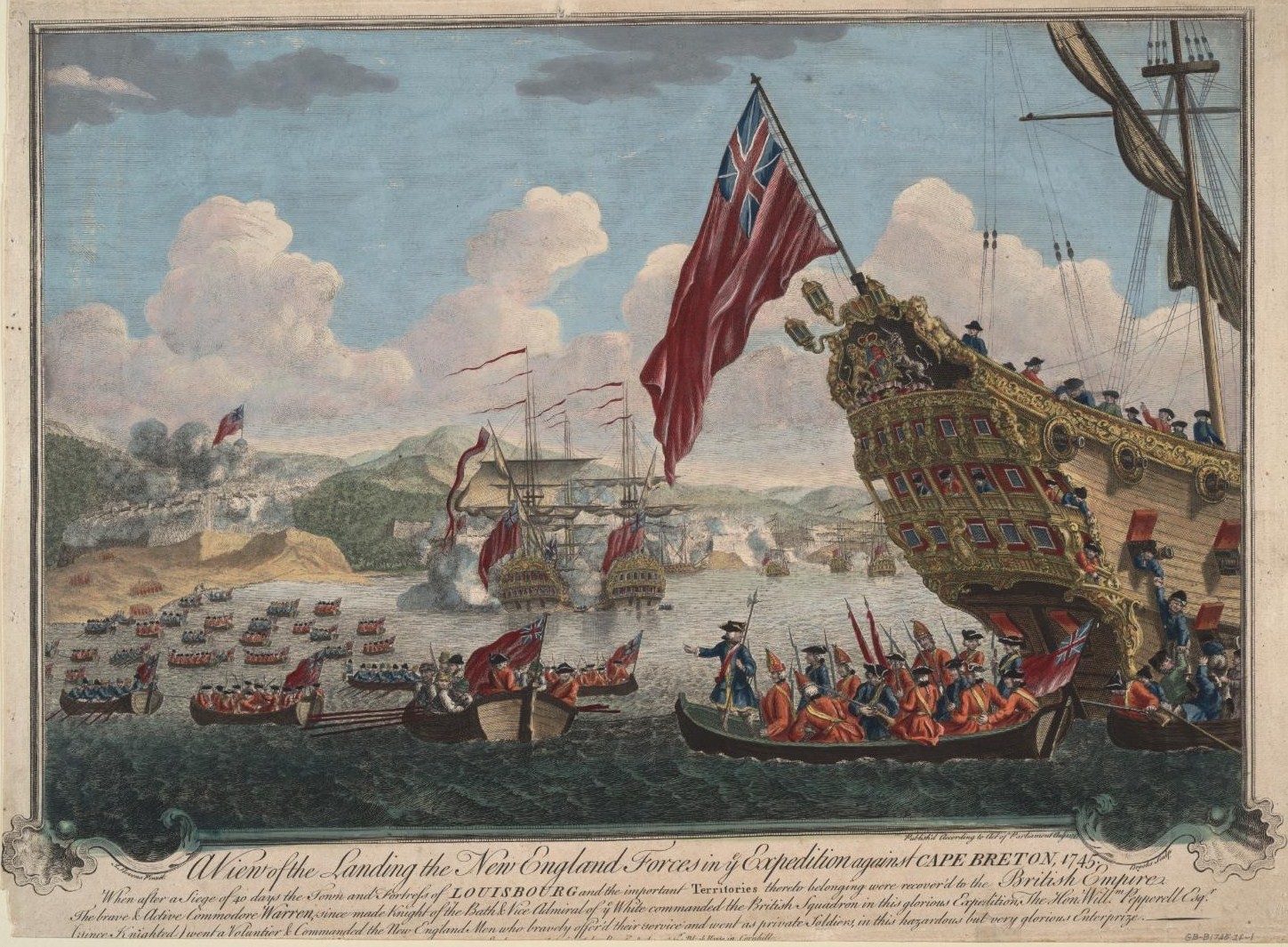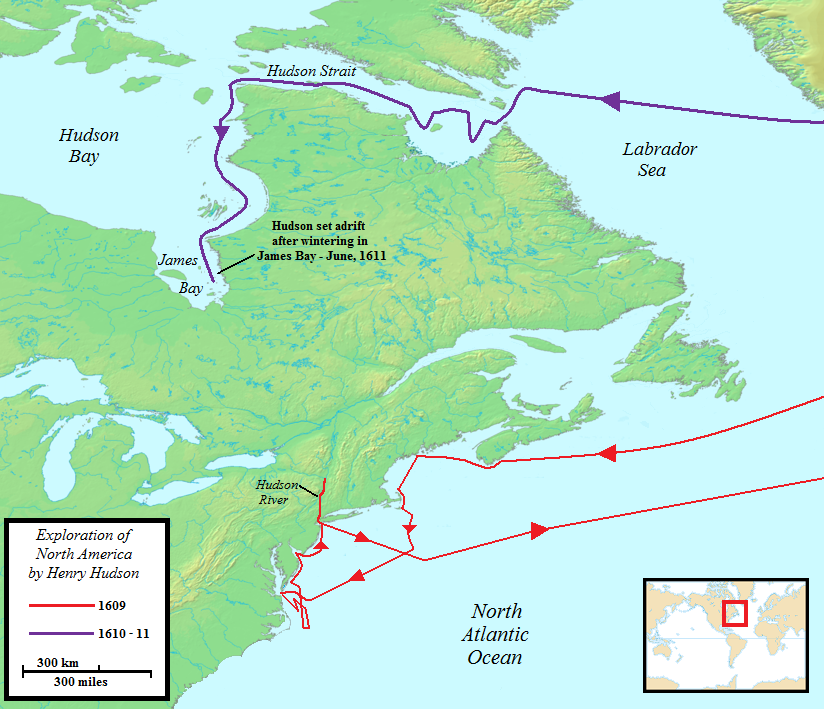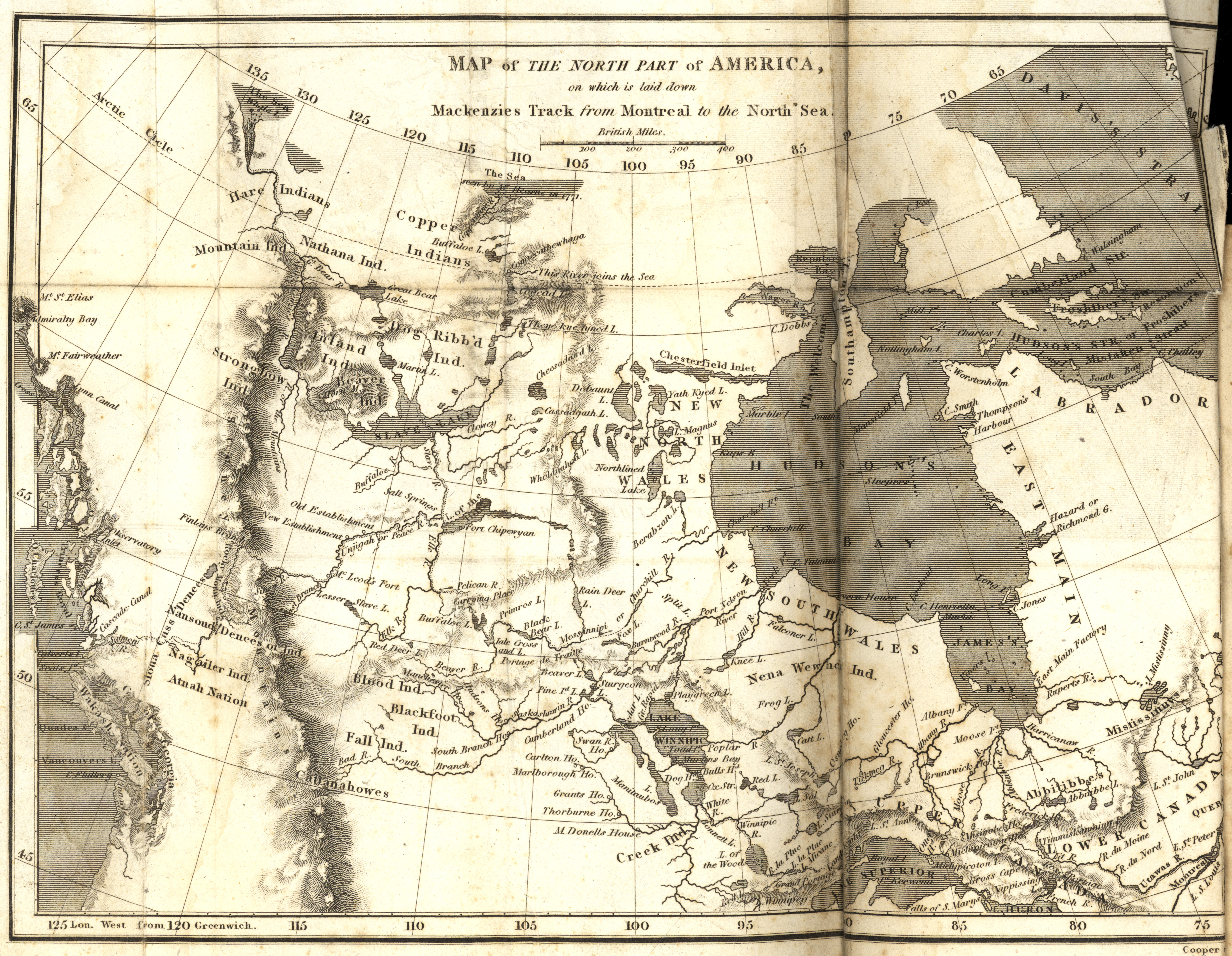|
Noel B. Gerson
Noel Bertram Gerson (1913-1988) was an American author who wrote 325 books, including several best sellers, among them two screenplay novelizations penned under the pseudonym Samuel Edwards, '' The Naked Maja'', and ''55 Days at Peking''. Peacock, Scott, Senior Editor (2000), ''Gales Contemporary Authors, Volume 82'' , pp. 143-146 Aside from "Samuel Edwards", which would seem to have been his dedicated by-line for tie-in work, Gerson used the following nine pseudonyms in addition to his own name: Anne Marie Burgess; Michael Burgess; Nicholas Gorham; Paul Lewis; Leon Phillips; Donald Clayton Porter; Dana Fuller Ross; Philip Vail; and Carter A. Vaughan.Hawk, Pat (1995), ''Hawk's Author's Pseudonyms II'' , p. 225 Life He was the son of Sam Gerson, who directed the Shubert theaters in Chicago. Gerson attended the University of Chicago, and served as the campus correspondent for the '' Chicago Herald-Examiner''. Following graduation, he became a reporter at the paper. He later ... [...More Info...] [...Related Items...] OR: [Wikipedia] [Google] [Baidu] |
The Naked Maja
''The Naked Maja'' is a 1958 Italian-American co-production made by S.G.C., Titanus, and United Artists. This historical film recounting of the romance between the painter Francisco Goya and the Duchess of Alba was directed by Henry Koster, and produced by Silvio Clementelli and Goffredo Lombardo. The screenplay was by Norman Corwin, Giorgio Prosperi and Albert Lewin based on a story by Oscar Saul and Talbot Jennings. The music score was by Angelo Lavagnino and the cinematography by Giuseppe Rotunno. The film stars Ava Gardner and Anthony Franciosa with Amedeo Nazzari, Gino Cervi, Lea Padovani, Massimo Serato, and a largely Italian cast. It is based on a novel by Noel Gerson. Cast Partial list of actors: * Ava Gardner as Maria Teresa de Cayetana, Duchess of Alba * Anthony Franciosa as Francisco Goya y Lucientes * Amedeo Nazzari as Manuel Godoy * Gino Cervi as King Carlos IV * Lea Padovani as Queen Maria Luisa * Massimo Serato as Rodrigo Sanchez * Renzo ... [...More Info...] [...Related Items...] OR: [Wikipedia] [Google] [Baidu] |
Christina, Queen Of Sweden
Christina ( sv, Kristina, 18 December (New Style) 1626 – 19 April 1689), a member of the House of Vasa, was Queen of Sweden in her own right from 1632 until her abdication in 1654. She succeeded her father Gustavus Adolphus upon his death at the Battle of Lützen in 1632, but began ruling the Swedish Empire when she reached the age of eighteen in 1644. The Swedish queen is remembered as one of the most learned women of the 17th century. She was fond of books, manuscripts, paintings, and sculptures. With her interest in religion, philosophy, mathematics, and alchemy, she attracted many scientists to Stockholm, wanting the city to become the "Athens of the North". The Peace of Westphalia allowed her to establish an academy or university when and wherever she wanted. In 1644, she began issuing copper in lumps as large as fifteen kilograms to serve as currency. Christina's financial extravagance brought the state to the verge of bankruptcy, and the financial difficulties caus ... [...More Info...] [...Related Items...] OR: [Wikipedia] [Google] [Baidu] |
Edict Of Nantes
The Edict of Nantes () was signed in April 1598 by King Henry IV and granted the Calvinist Protestants of France, also known as Huguenots, substantial rights in the nation, which was in essence completely Catholic. In the edict, Henry aimed primarily to promote civil unity. The edict separated civil from religious unity, treated some Protestants for the first time as more than mere schismatics and heretics and opened a path for secularism and tolerance. In offering a general freedom of conscience to individuals, the edict offered many specific concessions to the Protestants, such as amnesty and the reinstatement of their civil rights, including the right to work in any field, even for the state, and to bring grievances directly to the king. It marked the end of the French Wars of Religion, which had afflicted France during the second half of the 16th century. The Edict of St. Germain, promulgated 36 years earlier by Catherine de Médici, had granted limited tolerance to Hugu ... [...More Info...] [...Related Items...] OR: [Wikipedia] [Google] [Baidu] |
James Monroe
James Monroe ( ; April 28, 1758July 4, 1831) was an American statesman, lawyer, diplomat, and Founding Father who served as the fifth president of the United States from 1817 to 1825. A member of the Democratic-Republican Party, Monroe was the last president of the Virginia dynasty and the Republican Generation; his presidency coincided with the Era of Good Feelings, concluding the First Party System era of American politics. He is perhaps best known for issuing the Monroe Doctrine, a policy of opposing European colonialism in the Americas while effectively asserting U.S. dominance, empire, and hegemony in the hemisphere. He also served as governor of Virginia, a member of the United States Senate, U.S. ambassador to France and Britain, the seventh Secretary of State, and the eighth Secretary of War. Born into a slave-owning planter family in Westmoreland County, Virginia, Monroe served in the Continental Army during the American Revolutionary War. After studying law u ... [...More Info...] [...Related Items...] OR: [Wikipedia] [Google] [Baidu] |
King George's War
King George's War (1744–1748) is the name given to the military operations in North America that formed part of the War of the Austrian Succession (1740–1748). It was the third of the four French and Indian Wars. It took place primarily in the British provinces of New York, Massachusetts Bay (which included Maine as well as Massachusetts at the time), New Hampshire (which included Vermont at the time), and Nova Scotia. Its most significant action was an expedition organized by Massachusetts Governor William Shirley that besieged and ultimately captured the French fortress of Louisbourg, on Cape Breton Island in Nova Scotia, in 1745. In French, it is known as the ''Troisième Guerre Intercoloniale'' or Third Intercolonial War. The Treaty of Aix-la-Chapelle ended the war in 1748 and restored Louisbourg to France, but failed to resolve any outstanding territorial issues. Causes The War of Jenkins' Ear (named for a 1731 incident in which a Spanish commander sliced off the ea ... [...More Info...] [...Related Items...] OR: [Wikipedia] [Google] [Baidu] |
David Dixon Porter
David Dixon Porter (June 8, 1813 – February 13, 1891) was a United States Navy admiral and a member of one of the most distinguished families in the history of the U.S. Navy. Promoted as the second U.S. Navy officer ever to attain the rank of admiral, after his adoptive brother David G. Farragut, Porter helped improve the Navy as the Superintendent of the U.S. Naval Academy after significant service in the American Civil War. Porter began naval service as a midshipman at the age of 10 years under his father, Commodore David Porter, on the frigate . For the remainder of his life, he was associated with the sea. Porter served in the Mexican War in the attack on the fort at the City of Vera Cruz. At the outbreak of the Civil War, he was part of a plan to hold Fort Pickens, near Pensacola, Florida, for the Union; its execution disrupted the effort to relieve the garrison at Fort Sumter, leading to Sumter's fall. Porter commanded an independent flotilla of mortar boats at the ca ... [...More Info...] [...Related Items...] OR: [Wikipedia] [Google] [Baidu] |
William H
William is a male given name of Germanic origin.Hanks, Hardcastle and Hodges, ''Oxford Dictionary of First Names'', Oxford University Press, 2nd edition, , p. 276. It became very popular in the English language after the Norman conquest of England in 1066,All Things William"Meaning & Origin of the Name"/ref> and remained so throughout the Middle Ages and into the modern era. It is sometimes abbreviated "Wm." Shortened familiar versions in English include Will, Wills, Willy, Willie, Bill, and Billy. A common Irish form is Liam. Scottish diminutives include Wull, Willie or Wullie (as in Oor Wullie or the play ''Douglas''). Female forms are Willa, Willemina, Wilma and Wilhelmina. Etymology William is related to the given name ''Wilhelm'' (cf. Proto-Germanic ᚹᛁᛚᛃᚨᚺᛖᛚᛗᚨᛉ, ''*Wiljahelmaz'' > German ''Wilhelm'' and Old Norse ᚢᛁᛚᛋᛅᚼᛅᛚᛘᛅᛋ, ''Vilhjálmr''). By regular sound changes, the native, inherited English form of the name shoul ... [...More Info...] [...Related Items...] OR: [Wikipedia] [Google] [Baidu] |
Jamestown, Virginia
The Jamestown settlement in the Colony of Virginia was the first permanent English settlement in the Americas. It was located on the northeast bank of the James (Powhatan) River about southwest of the center of modern Williamsburg. It was established by the Virginia Company of London as "James Fort" on May 4, 1607 O.S. (May 14, 1607 N.S.), and was considered permanent after a brief abandonment in 1610. It followed several failed attempts, including the Lost Colony of Roanoke, established in 1585 on Roanoke Island, later part of North Carolina. Jamestown served as the colonial capital from 1616 until 1699. Despite the dispatch of more settlers and supplies, including the 1608 arrival of eight Polish and German colonistsJamestowne Rediscovery: A Timeline of Events and References . Ret ... [...More Info...] [...Related Items...] OR: [Wikipedia] [Google] [Baidu] |
Captain John Smith
John Smith (baptized 6 January 1580 – 21 June 1631) was an English soldier, explorer, colonial governor, Admiral of New England, and author. He played an important role in the establishment of the colony at Jamestown, Virginia, the first permanent English settlement in America, in the early 17th century. He was a leader of the Virginia Colony between September 1608 and August 1609, and he led an exploration along the rivers of Virginia and the Chesapeake Bay, during which he became the first English explorer to map the Chesapeake Bay area. Later, he explored and mapped the coast of New England. He was knighted for his services to Sigismund Báthory, Prince of Transylvania, and his friend Mózes Székely. Jamestown was established on May 14, 1607. Smith trained the first settlers to work at farming and fishing, thus saving the colony from early devastation. He publicly stated, " He that will not work, shall not eat", alluding to 2 Thessalonians 3:10. Harsh weather, lack of ... [...More Info...] [...Related Items...] OR: [Wikipedia] [Google] [Baidu] |
Henry Lee III
Henry Lee III (January 29, 1756 – March 25, 1818) was an early American Patriot (American Revolution), Patriot and U.S. politician who served as the ninth Governor of Virginia and as the Virginia United States House of Representatives, Representative to the United States Congress. Lee's service during the American Revolution as a cavalry officer in the Continental Army earned him the nickname by which he is best known, "Light-Horse Harry".In the military parlance of the time, the term "Light-horse" had a hyphen between the two words "light" and "horse". See the title page of ''The Discipline of the Light-Horse. By Captain Hinde, of the Royal Regiment of Foresters, (Light-Dragoons.)'' published in London in 1778, a cavalry tactics classic which was used as a manual. He was the father of Robert E. Lee, who led Confederate States of America, Confederate armies against the U.S. in the American Civil War. Life and career Early life and family Lee was born on Leesylvania (plantatio ... [...More Info...] [...Related Items...] OR: [Wikipedia] [Google] [Baidu] |
Henry Hudson
Henry Hudson ( 1565 – disappeared 23 June 1611) was an English sea explorer and navigator during the early 17th century, best known for his explorations of present-day Canada and parts of the northeastern United States. In 1607 and 1608, Hudson made two attempts on behalf of English merchants to find a rumoured Northeast Passage to Cathay via a route above the Arctic Circle. In 1609, he landed in North America on behalf of the Dutch East India Company and explored the region around the modern New York metropolitan area. Looking for a Northwest Passage to Asia on his ship ''Halve Maen'' ("Half Moon"), he sailed up the Hudson River, which was later named after him, and thereby laid the foundation for Dutch colonization of the region. On his final expedition, while still searching for the Northwest Passage, Hudson became the first European to see Hudson Strait and the immense Hudson Bay. In 1611, after wintering on the shore of James Bay, Hudson wanted to press on to t ... [...More Info...] [...Related Items...] OR: [Wikipedia] [Google] [Baidu] |
Alexander Mackenzie (explorer)
Sir Alexander Mackenzie (or MacKenzie, gd, Alasdair MacCoinnich; – 12 March 1820) was a Scottish explorer known for accomplishing the first crossing of America north of Mexico in 1793. The Mackenzie River is named after him. Early life Mackenzie was born in House in Stornoway in Isle of Lewis, Lewis. He was the third of the four children born to Kenneth 'Corc' Mackenzie (1731–1780) and his wife Isabella MacIver, from another prominent mercantile family in Stornoway. When only 14 years old, Mackenzie's father served as an Ensign (rank), ensign to protect Stornoway during the Jacobite rising of 1745. He later became a merchant and held the Tacksman, tack of Melbost; his grandfather being a younger brother of Murdoch Mackenzie, 6th Laird of Fairburn. Educated at the same school as Colin Mackenzie, the army officer and first Surveyor General of India, he sailed to New York City with his father to join an uncle, John Mackenzie, in 1774, after his mother died in Scotland. In ... [...More Info...] [...Related Items...] OR: [Wikipedia] [Google] [Baidu] |




.png)



